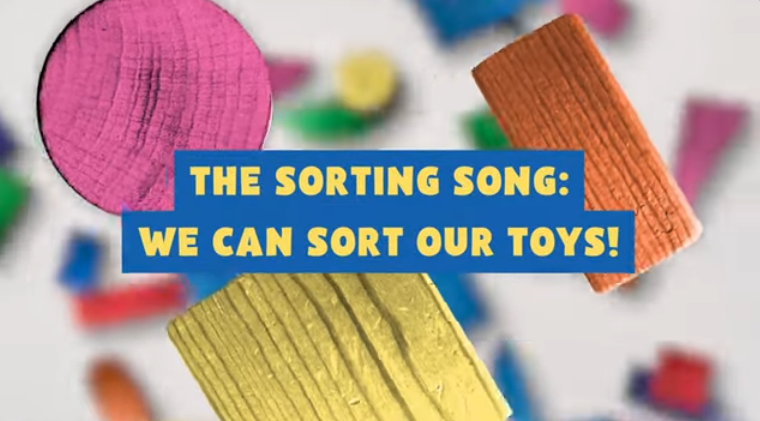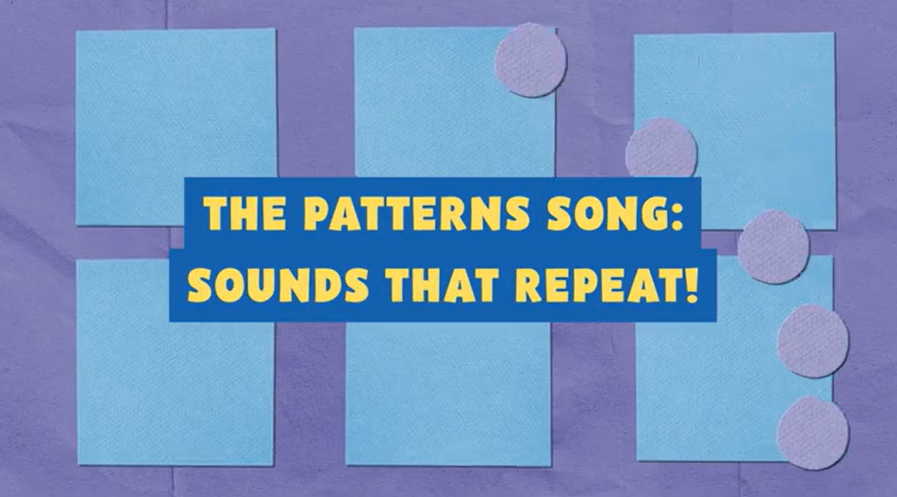Let’s make 10 to find the missing part of an equation.
Math Mights was adapted from IM K-5 Math™ ©2021 by Illustrative Mathematics® , released under the Creative Commons Attribution 4.0 International License (CC BY 4.0) https://creativecommons.org/licenses/by/4.0/.
Additions and adaptations are ©2021 by Strategic Intervention Solutions, LLC
Related Standards: MI.Math.Content.1.OA.A.1, MI.Math.Content.1.OAC..6, MI.Math.Content.1.NBT.C.4





